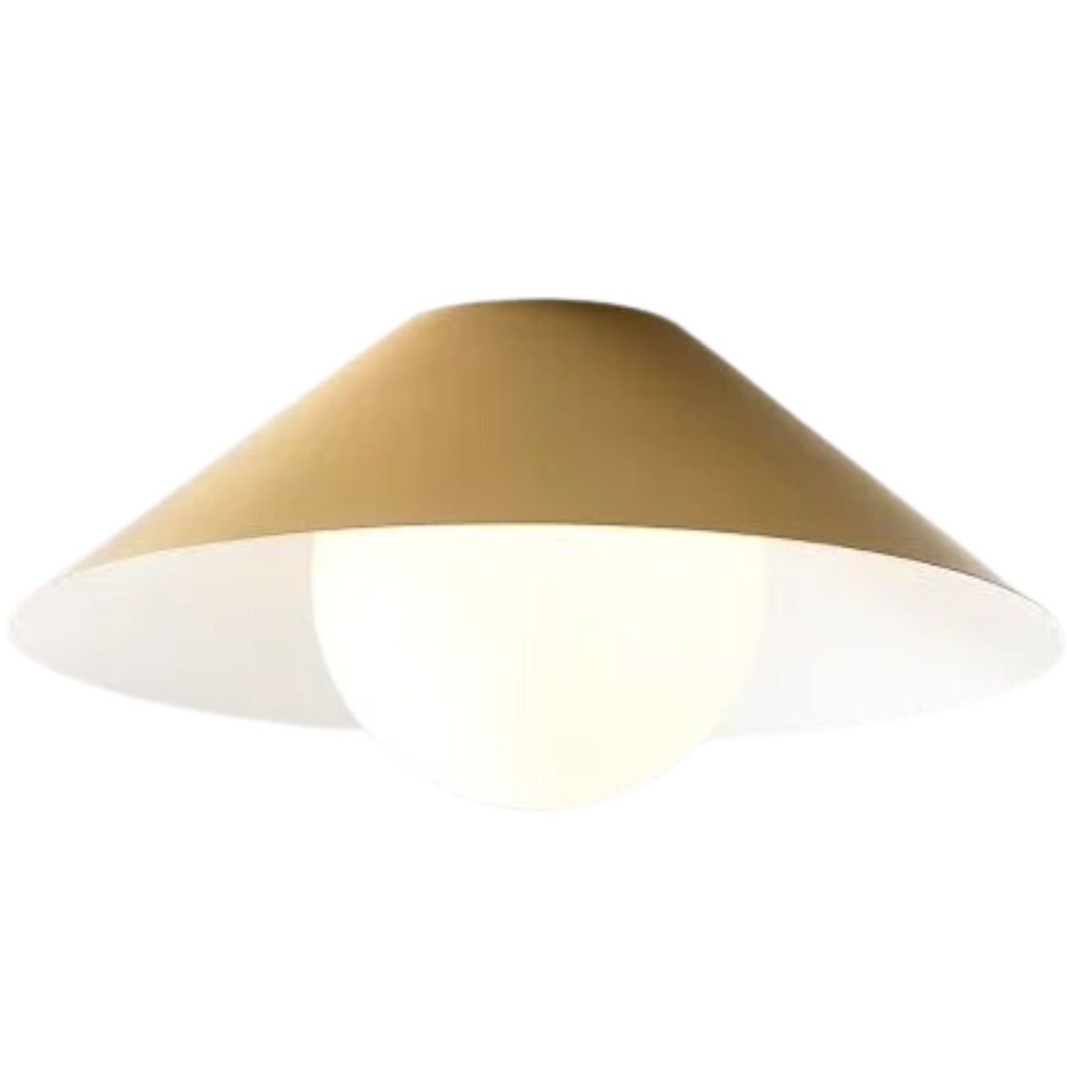7 Lighting Tricks That Will Make a Small Entryway Look Much Bigger Than It Actually Is
With a few simple ideas, you can make a room that feels dark and closed-in feel brighter and more open, according to design experts

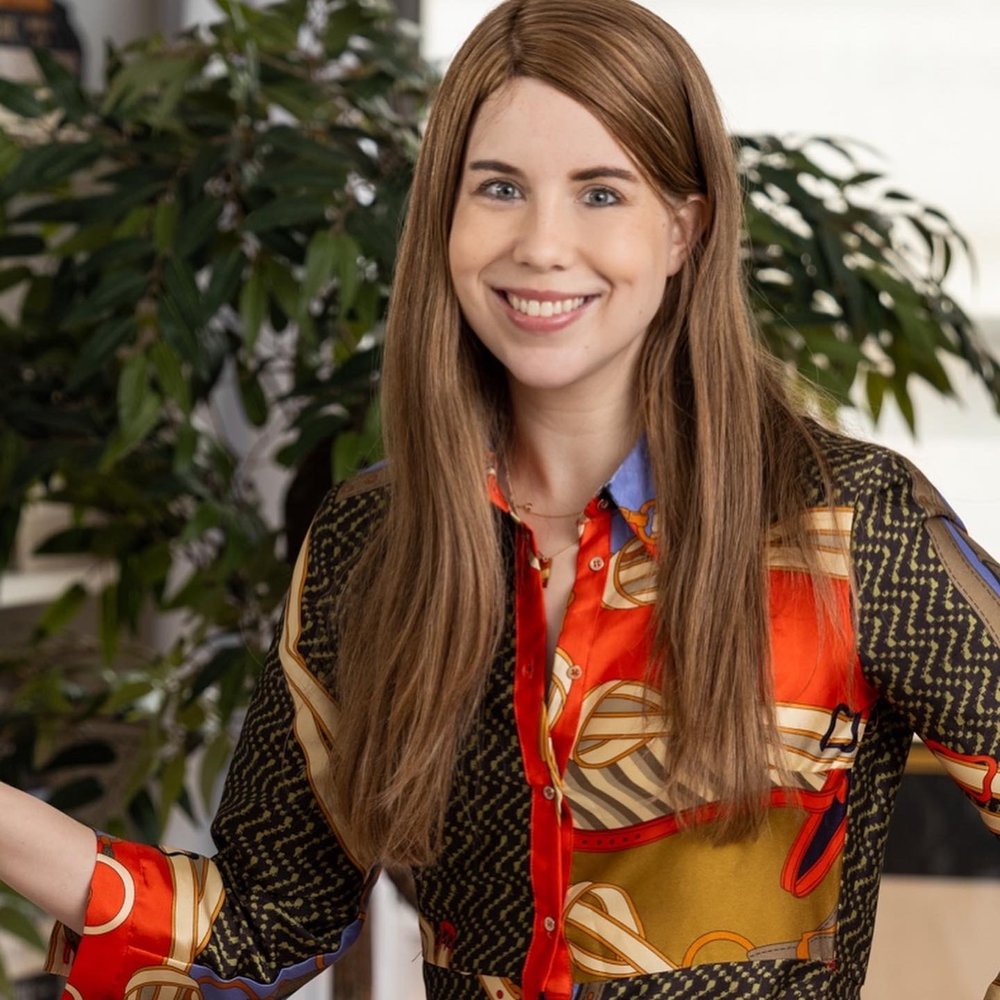
Not all homes feature grand, sweeping entryways, but that certainly doesn’t mean you have to sacrifice making a strong first impression.
By incorporating some thoughtful entryway lighting ideas, you can make your tiny space appear much larger (and as a result, more sophisticated looking) without a major overhaul. Some of these tricks rely on introducing artificial lighting into the space, while others hang on the room's relationship with natural light, and how you can tweak it to achieve just the right amount of extra space (or the illusion of it, at least).
Below, interior designers share seven of their go-to solutions for space-building entryway light.
1. Opt for layered lighting

Designers often stress the importance of using a layered lighting scheme throughout the home, and the entryway is no exception. In a small entryway, start with recessed ceiling lights or wall sconces, suggests Susan Knof, the founder of KNOF Design. Then, add in your indirect lighting, such as LED lighting ideas in strips or cove lighting. This, Susan says, “adds a warm glow without being harsh or overwhelming.”
Be sure to add light sources around the eye level, too, adds interior designer Michelle Gage. She suggests bringing in both table lamps and sconces. “Strategically placing your lighting to create shadows and highlight specific areas can offer a small entryway with more depth,” says the founder of Michelle Gage Interiors.
If possible, hang your sconces on either side of a mirror or artwork, says Taylor Fusco, the founder of Tay Fusco Design. Doing so, she says, “not only creates a beautiful entry vignette but also the upward cast of the lighting draws up one's eye and creates the illusion of a taller, bigger space.”
2. Be mindful about bulb temperature
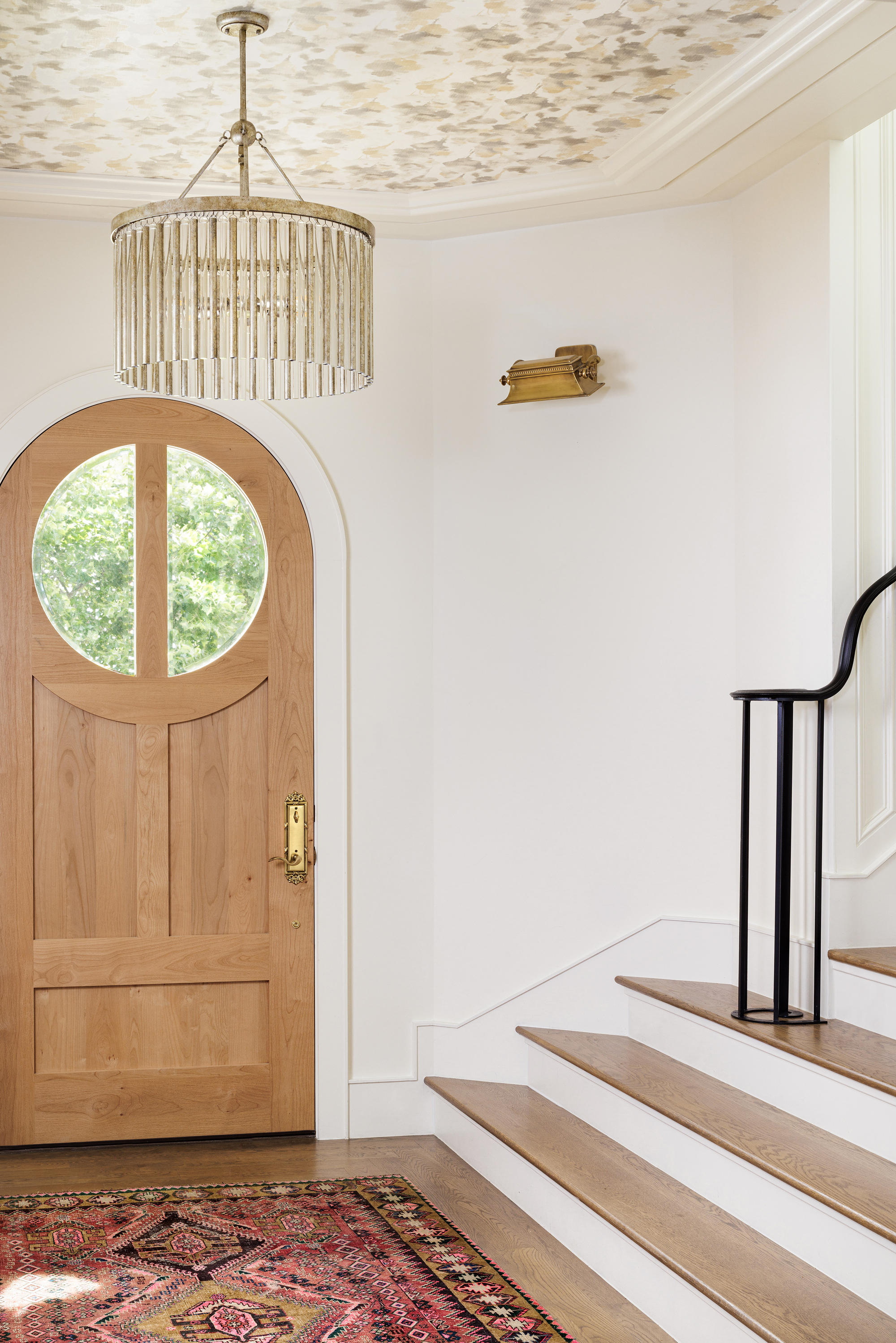
Designers highlight the importance of not just purchasing any type of light bulb for your entryway and calling it a day. “The temperature of light you choose can make a huge difference in your space,” says Karen Rohr, a senior designer with Mackenzie Collier Interiors. “If you want to make a small space appear larger, you'll want to avoid using yellow-toned lights.”
When comparing cool vs warm light, Karen recommends purchasing bulbs that are in the 3000-4000K range. “This neutral to cool light mimics daylight which helps create a sense of openness, even in the most cramped spaces,” she explains.
3. Hang mirrors
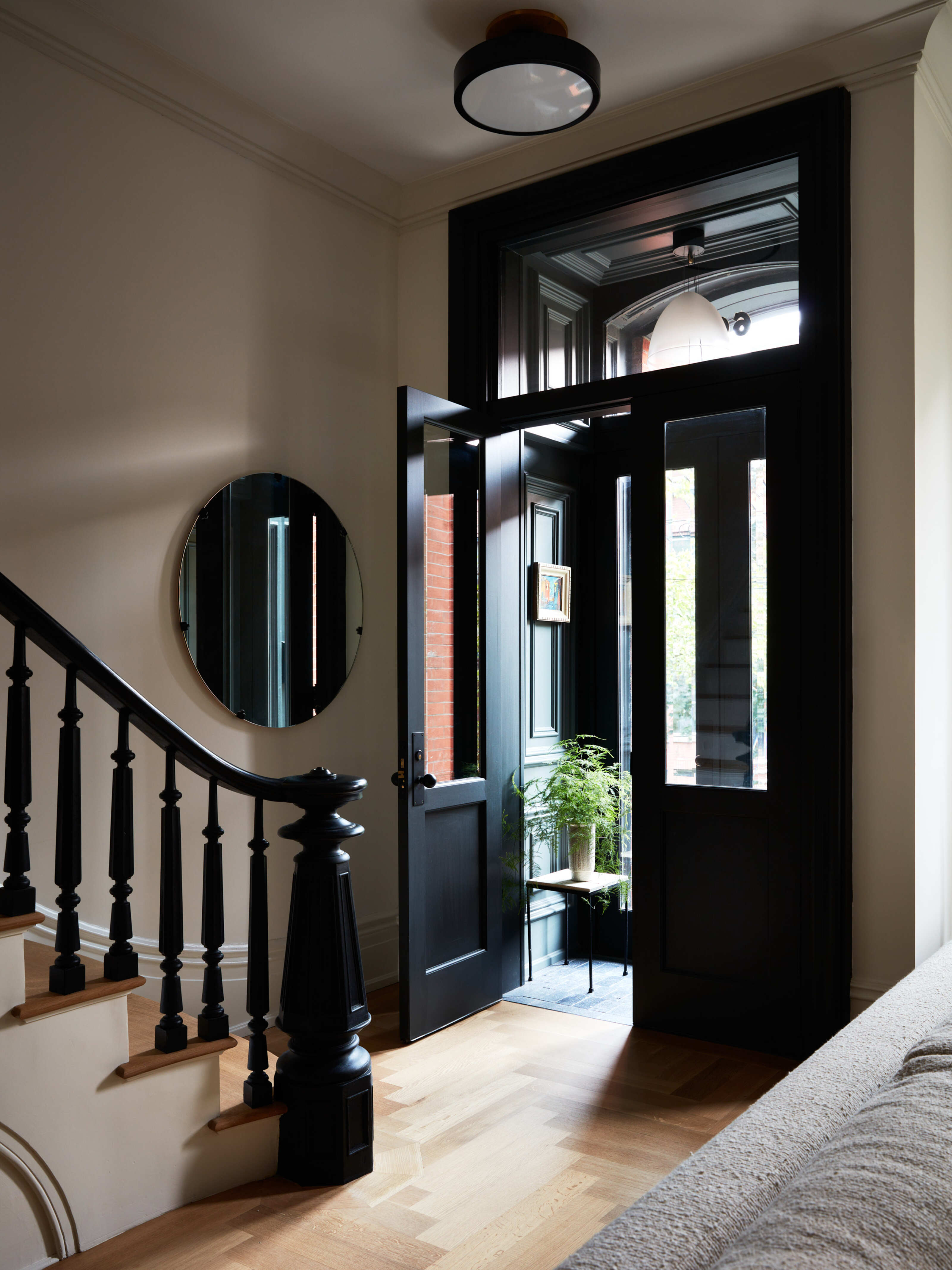
Decorating with mirrors will always be a handy trick in the entryway for checking your reflection before dashing out the door, but they can make your small space appear more substantial, too. Be extra thoughtful about where you hang them.
“Mirrors strategically placed near light sources can reflect that natural light and make the space feel even larger,” Susan Knof says.
4. Select low profile fixtures
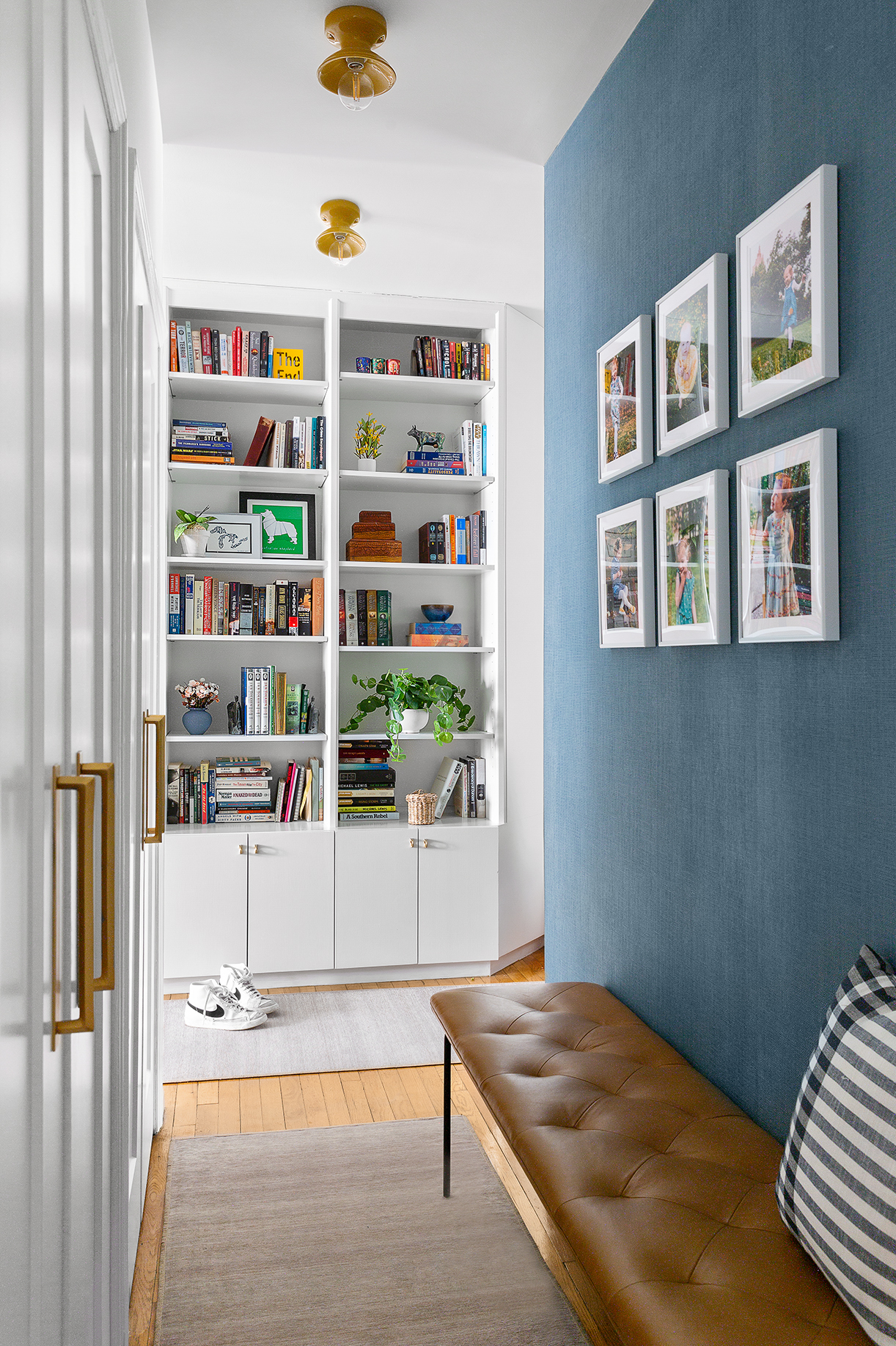
You’ll of course want the lighting you utilize in the entryway to make an impact, but that doesn’t mean you need to select large fixtures. Rather, Susan says, go low profile in style. Doing so, she says, “ensures that the space feels open and airy without visual clutter.”
When shopping for light fixtures, keep your eye out for styles that feature glass or reflective elements, adds Leigh Herr, who is an interior designer with Mackenzie Collier Interiors. She explains that these types of pieces will help to bounce light around your entryway. Not sure where to begin? A small-scale glass flush mount, for example, could look absolutely beautiful in a small entryway while taking up minimal visual space.
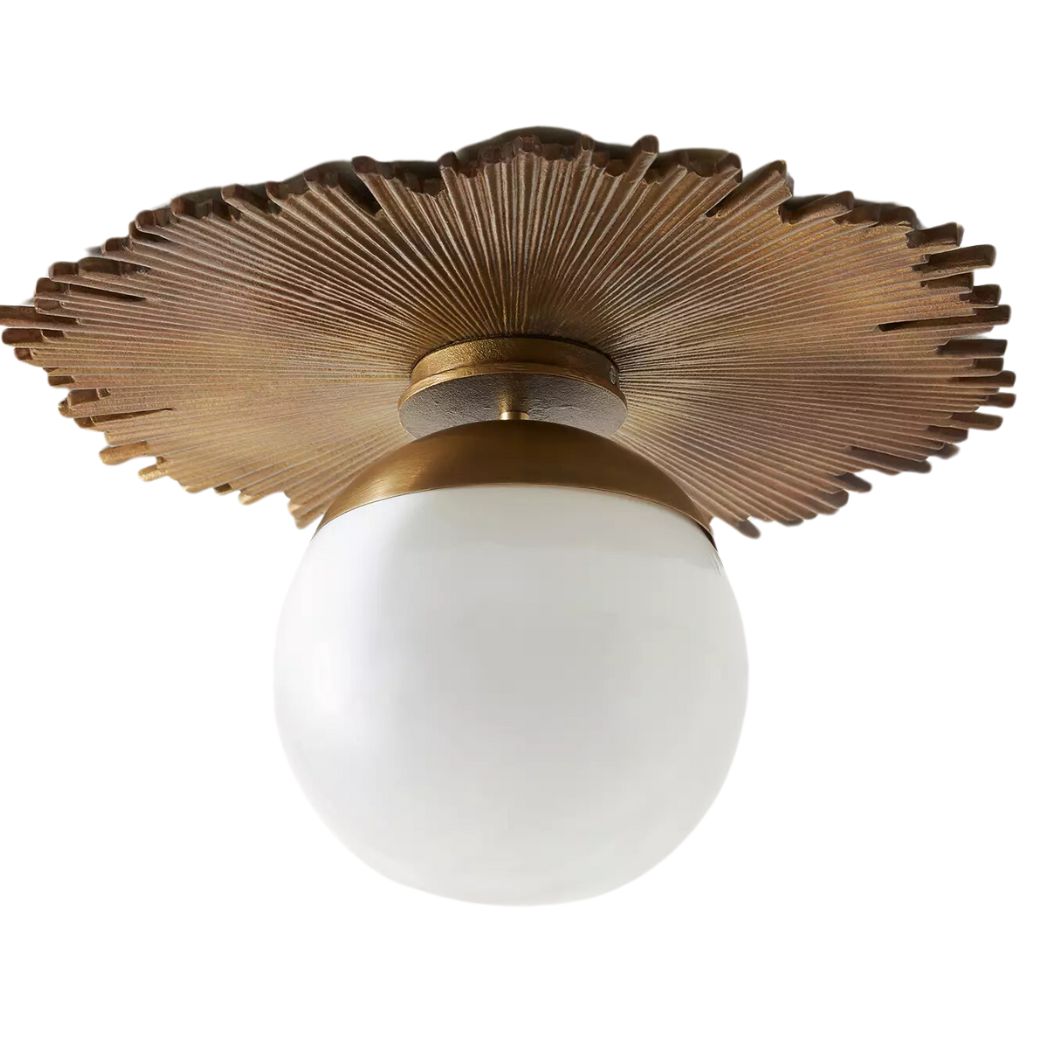
Price: $298
This low-profile semi-flush lamp is full of character thanks to its detailed base mount.
5. Introduce a skylight
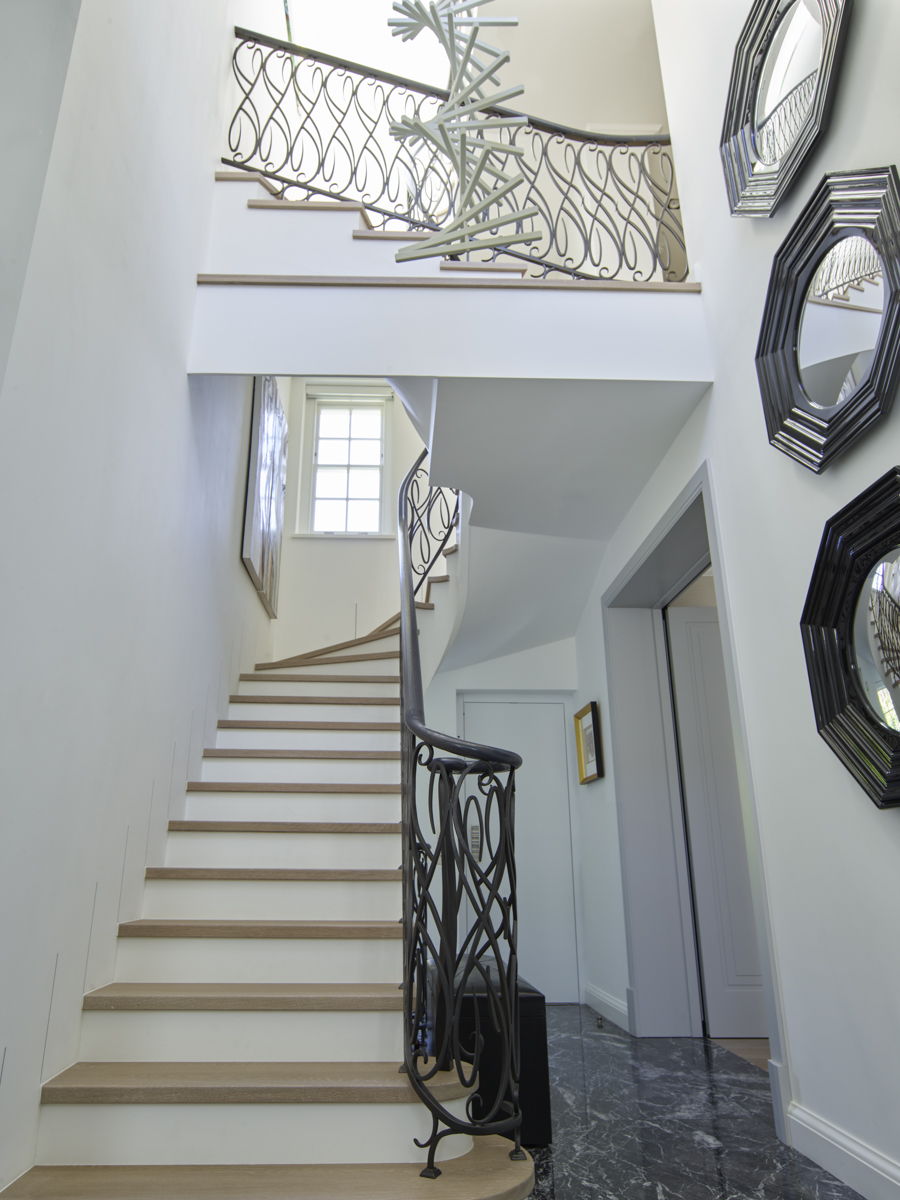
If you’re able to make a more substantial change to your entryway, consider adding a skylight to the mix. “One of my go-to lighting resources for making a small entryway look bigger is to 'call in the heavens,’” Susan says.
In one of her projects, “the entrance area wasn’t particularly large in terms of square footage, but it had volume,” which she was able to leverage. It's a drastic, but effective way to brighten a dark room.
6. Use lighter wall colors
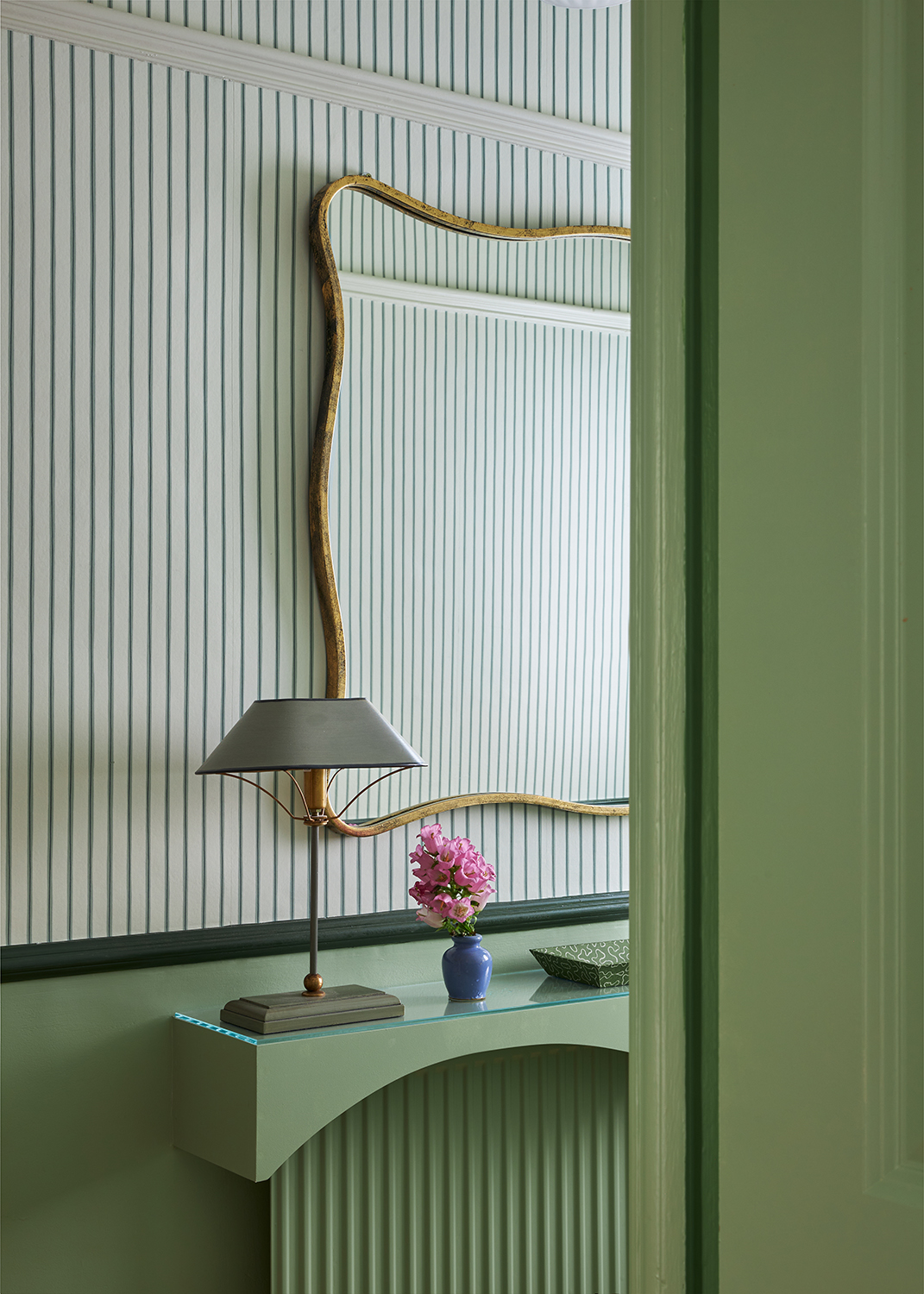
Rather than painting your entryway a deep, moody hue, stick with lighter paint colors if you want it to look bigger. “Lighter wall colors can amplify the light in the room,” Susan says.
Whether you opt for paint ideas for walls or go the wallpaper route is up to you! There are many light, solid-colored wall coverings that will add intrigue and texture to your entryway — think grasscloth, for example — without overpowering it.
7. Skip the heavy curtains
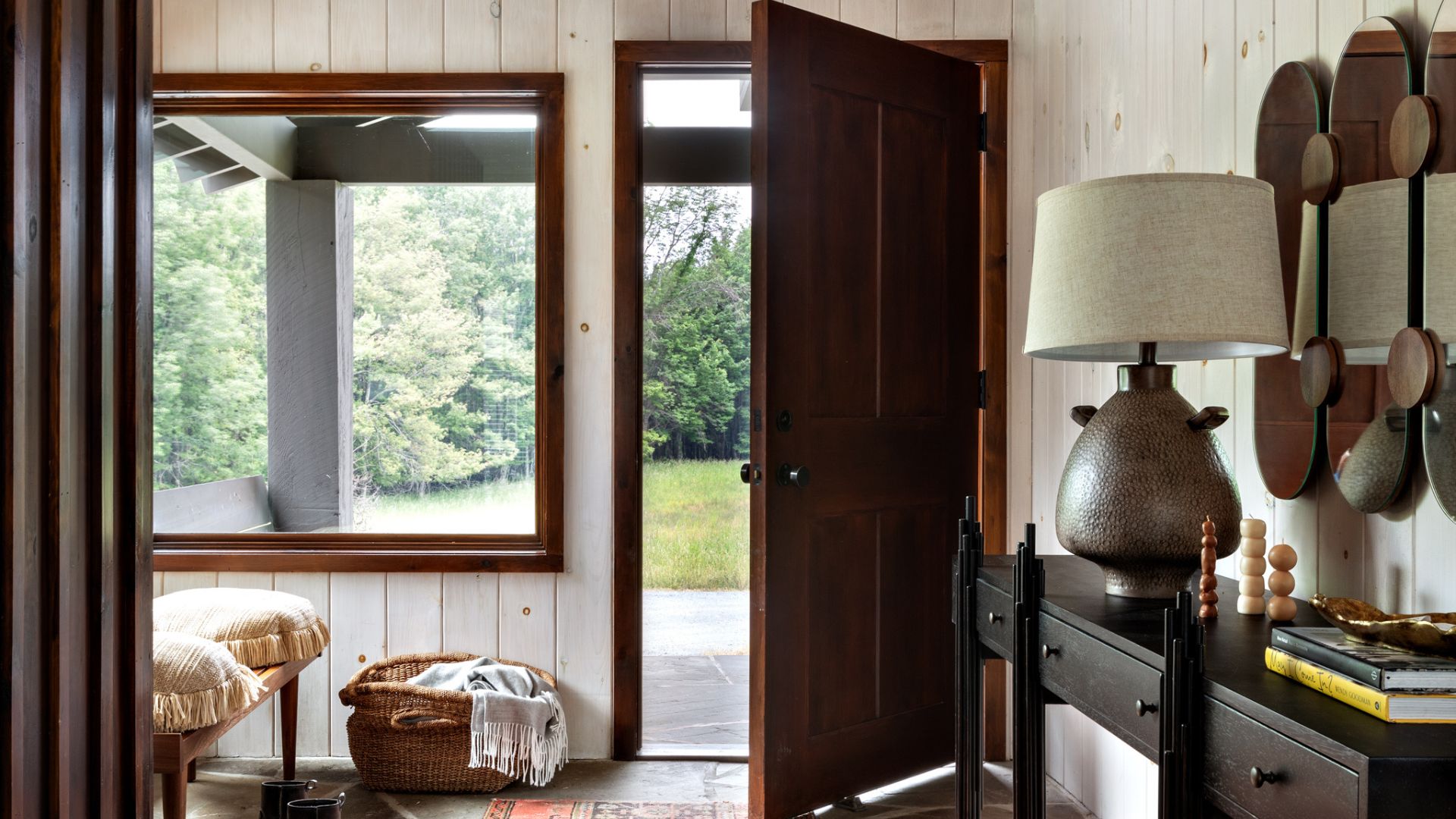
If your entryway has windows, be mindful about the coverings you choose. “Ditch heavy curtains for lighter, airy ones to let in as much natural light as possible,” says Shaolin Low, the founder of Studio Shaolin. “It’ll instantly make the area feel open and more spacious.”
Be The First To Know
The Livingetc newsletters are your inside source for what’s shaping interiors now - and what’s next. Discover trend forecasts, smart style ideas, and curated shopping inspiration that brings design to life. Subscribe today and stay ahead of the curve.

Sarah Lyon is a freelance writer living in New York City. She primarily covers lifestyle and interior design pieces for top print and online publications. In addition to writing for LivingEtc, Sarah contributes to Arch Digest, Good Housekeeping, House Beautiful, Southern Living, and more. Sarah is also an avid home decorator and offers styling services for interior designers, too. Her own home tours have been featured on websites including Washingtonian.com, The Everygirl, Apartment Therapy, and in Architectural Digest's online DIY section. Sarah has a bachelor of arts degree from Colby College and a master's from the University of Pennsylvania.
-
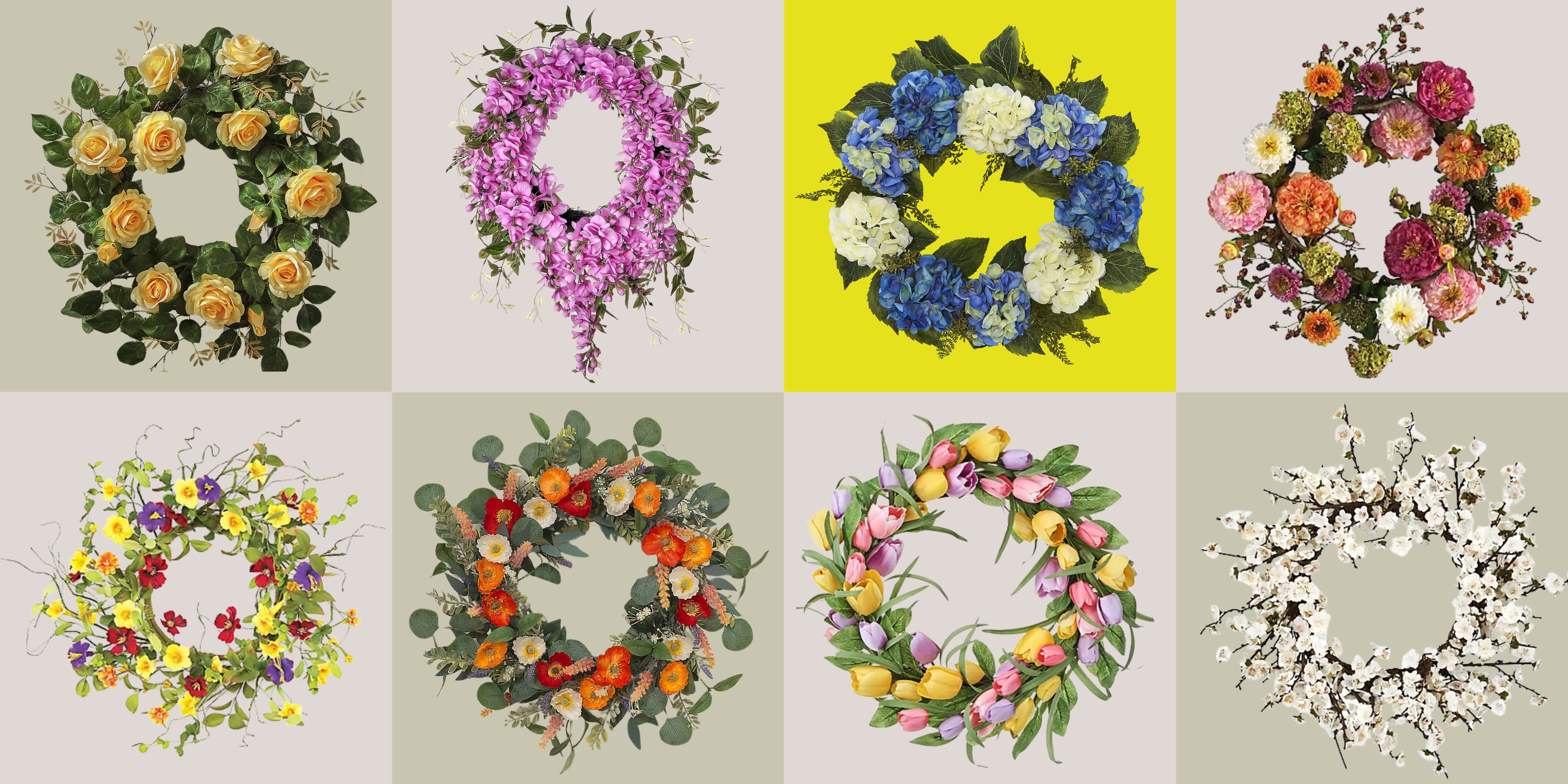 These Are the Flower Crowns I’m Wearing This Spring (Spoiler: They’re Actually for My Door)
These Are the Flower Crowns I’m Wearing This Spring (Spoiler: They’re Actually for My Door)Coachella confirmed the comeback of flower crowns. At home, they just go by another name: the spring wreath
By Julia Demer
-
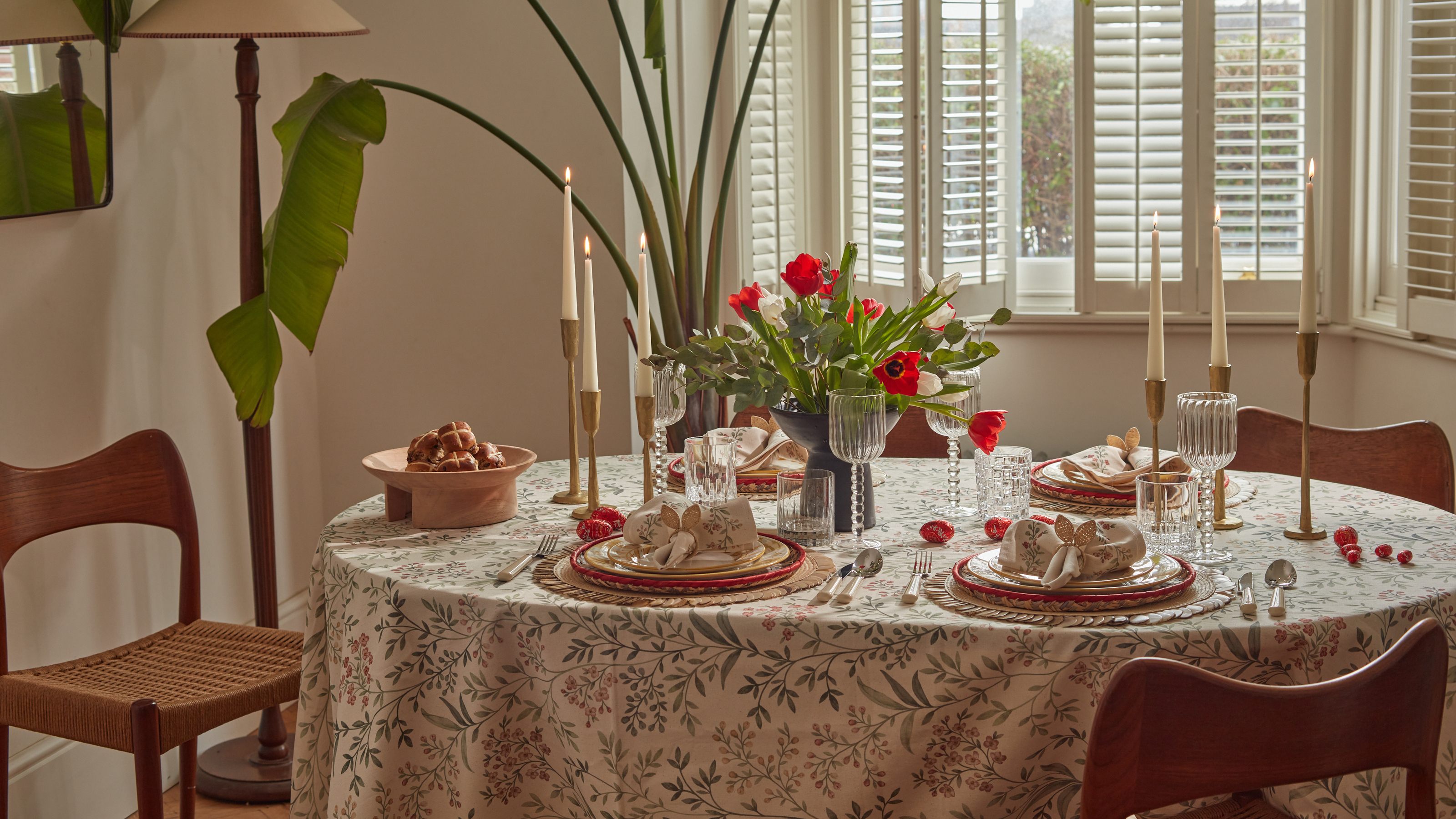 Bunny Ears, Be Gone — 7 Easter Table Styling Mistakes That Will Take Your Setting from Tawdry to Tasteful
Bunny Ears, Be Gone — 7 Easter Table Styling Mistakes That Will Take Your Setting from Tawdry to TastefulFrom fussy floral displays that disrupt conversation to over-relying on tacky tropes, don't fall victim to these errors when decorating your Easter table
By Lilith Hudson
